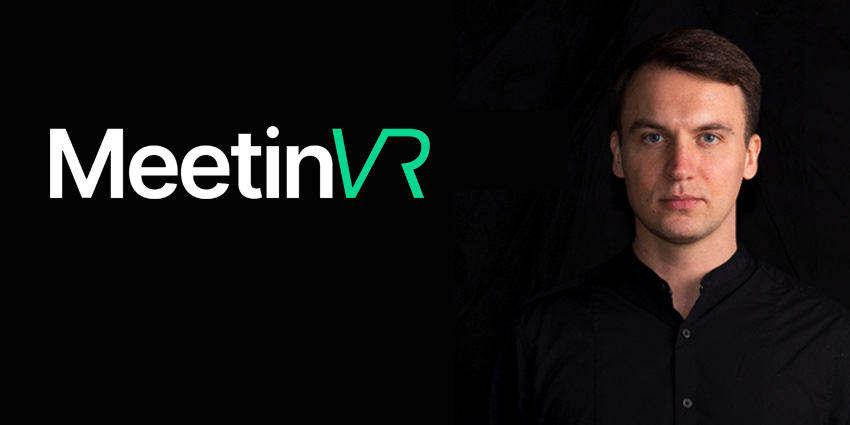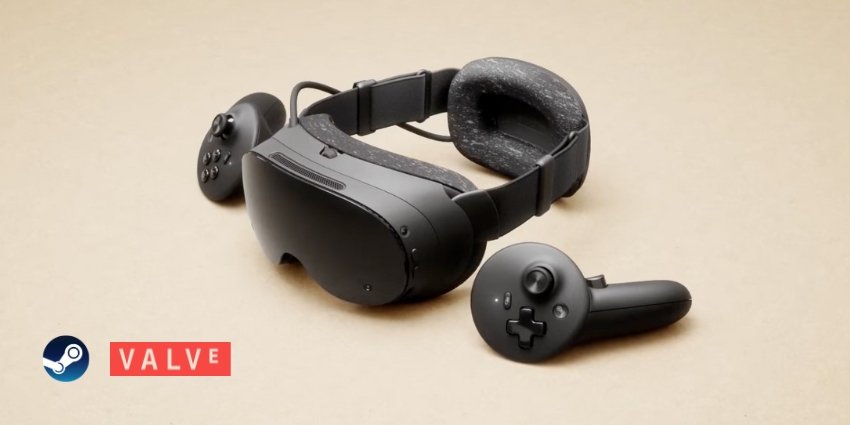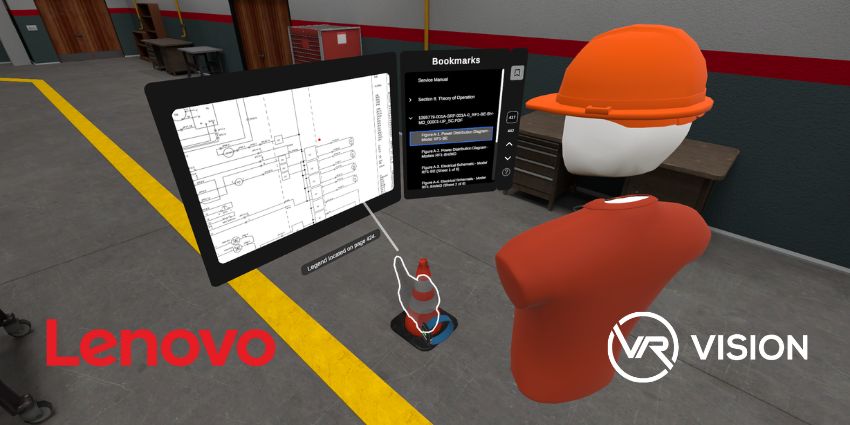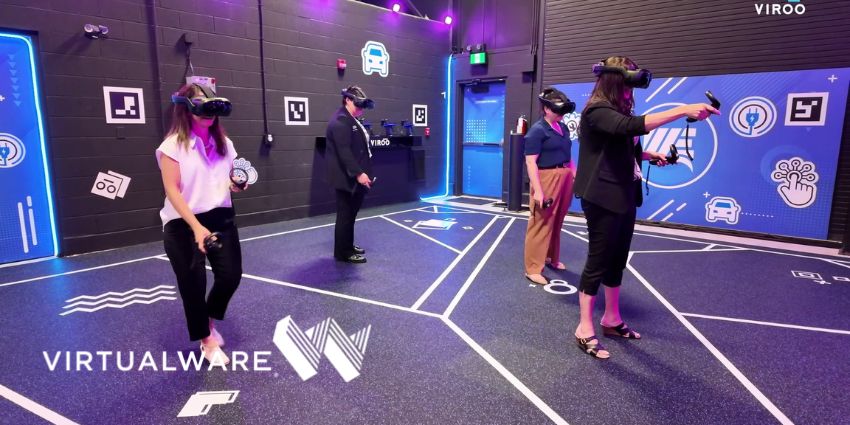After a rocky start, the long-term value of virtual reality (VR) technology in the enterprise is finally starting to show – especially in the field of collaboration.
According to Mordor Intelligence, the VR marketplace will grow from USD 11.52 billion in 2019 to USD 87.97 billion by 2025, with enterprise investments accounting for a significant percentage of that growth.
Although training is still the leading use case for VR in the enterprise right now, the number of businesses using virtual reality platforms to collaborate is rising by the day.
Considering this, XR Today invited Tomas Budrys of MeetinVR, a world-leading virtual reality collaboration platform, to tell us more about the VR collaboration trend and what role it will have in the future of enterprise comms.
A New Era of Remote Collaboration
While VR is a new phenomenon by no means, the COVID-19 pandemic sparked considerable interest in the technology amongst businesses seeking alternative and more sustainable ways to work remotely.
Budrys tells us that, although tools like Zoom have provided a vital service to the enterprise over the last 12 months, problems like “zoom fatigue” and the absence of “real space” in video conferencing environments prove it may not be a long-term solution.
Instead, Budrys adds, people want to connect and collaborate more naturally, and the immersive experiences offered by VR collaboration platforms like MeetinVR are the way to do it.
More Than Just Zoom 2.0
Unlike five years ago, when nobody was sure of what VR was for and how it could provide value to the enterprise, businesses today are much more aware of the technology.
According to Budrys, “MeetinVR no longer even has to answer questions like “how is VR is different from Zoom?” because people already know the answer. We’re not even competing with desktop conferencing and telepresence solutions at all because ours is an entirely different technology and a new experience altogether.”
To set themselves apart from other leading VR collaboration platforms like Glue and ENGAGE, Budrys states MeetininVR recently partnered with Wolf 3D to bring hyper-realistic avatars into their offering. Just by uploading a selfie from their phones, MeetinVR users can create detailed avatars of their faces in minutes.
“Now we have a nice balance between cartoon-based avatars and realistic avatars, which add more realism and are far more appropriate for professional, enterprise-grade VR collaboration,” Budrys adds.
OneDrive Integration & Beyond
As well as removing the cartoonish video-game elements of VR from their platform, Budrys tells us MeetinVR is also focusing intensely on creating more integrations with other popular tools and platforms companies are already using to collaborate.
“One of the tools we already implemented, for example, is OneDrive, and we’re currently working on bringing other cloud drive solutions into the fold,” Budrys adds.
While VR collaboration is growing in popularity within the enterprise, many believe its lack of integration with other popular collaboration tools is the only thing stopping it from achieving that high-level scalability.
Yet, once those integration features are available, it will be much easier for enterprises to roll these solutions out en masse across their networks and start generating that significant ROI everyone wants.
The Future of VR in Enterprise Collaboration
When asked where the industry will go from here, Budrys tells us he believes the pandemic is the tipping point that will push the entire industry forward and close the gap between early adopters and the early majority.
Along with the widespread availability of high-quality, affordable VR headsets like Oculus Quest 2, the increasing number of integrations with other collaboration tools and platforms will transform VR collaboration from quirky new tech into the industrial standard for enterprise comms.
Until then, XR Today will keep its finger on the pulse and report on all the latest VR collaboration space innovations as soon as they happen. Stay in touch for more updates soon!







